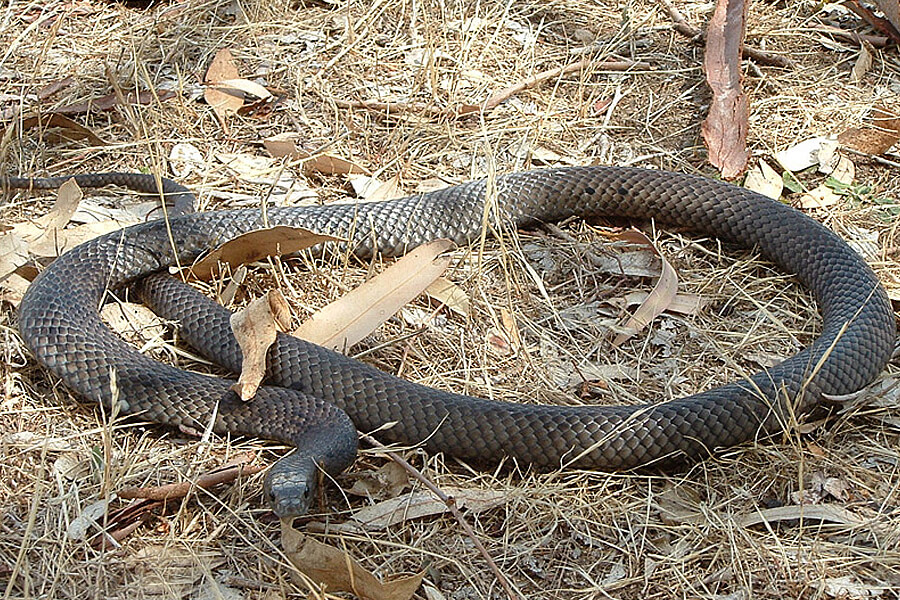Introduction
When it pertains to poisonous serpents, Australia is home to several of the most remarkable and hazardous varieties on the planet. Among these, the Tiger Snake stands apart not only for its potent venom yet likewise for its intriguing actions. Understanding the behavior of venomous serpents like the Tiger Snake is essential for both wildlife lovers and those staying in areas where these snakes are present. This short article looks into numerous aspects of Tiger Snake behavior, habitat, identification, safety measures, and first aid practices in case of a snake bite.
Understanding the Actions of Venomous Snakes Like the Tiger Snake
The Tiger Snake, scientifically referred to as Notechis scutatus, is well-known for its hostile nature when endangered. These snakes exhibit a series of actions that Take a look at the site here can be rather different from their non-venomous equivalents.
Characteristics of Tiger Snakes
The Tiger Snake is quickly identifiable due to its distinct bands or stripes that appear like a tiger's markings. They can vary in color from yellowish-brown to dark olive or black. This pigmentation serves not only as camouflage however additionally as a warning signal to possible predators.

Adaptability to Environment
One impressive aspect of their habits is their flexibility to numerous settings. Found primarily in seaside areas, marshes, and wetlands across Australia and Tasmania, they can grow in varied environments including urban locations.
Hunting Techniques
Tiger Snakes are ambush killers largely feeding upon fish, frogs, and little mammals. They possess eager sight and an intense feeling of smell which assists them in situating prey effectively.
Venom Composition
Their venom contains neurotoxins that influence the nervous system, leading to paralysis or fatality in smaller sized animals. For human beings, immediate clinical attention is vital after a tiger snake bite due to its potentially lethal effects.
Natural Habitat of Tiger Snakes
Preferred Locations
Understanding where these snakes stay sheds light baby dugite on their behavioral patterns. The tiger serpent habitat includes:
- Coastal regions Swamps Grasslands Urban locations with plentiful water sources
Seasonal Movements
During warmer months, Tiger Snakes are a lot more active as they indulge in sunshine or hunt for food. On the other hand, chillier months see them retreating right into hibernation sites.
Are Tiger Snakes Venomous?
Yes! The question "are tiger serpents poisonous?" typically emerges amongst those unfamiliar with this types. Their poison is thought about one of the most dangerous amongst all snake types worldwide.
Symptoms of a Tiger Snake Bite
If bitten by a tiger snake, symptoms may include:
- Localized pain Swelling at the bite site Nausea and vomiting Sweating and confusion
Immediate clinical assistance is critical as neglected attacks can lead to serious wellness complications or even death.


First Help for Snake Bites: Quick Feedback Guide
Knowing just how to provide emergency treatment for a serpent bite can save a person's life. Below's what you must do:
Step 1: Remain Calm
Keeping calm assists slow down heart price which minimizes poison spread.
Step 2: Debilitate the Influenced Area
Keep the affected arm or leg still and below heart level if possible.
Step 3: Call Emergency Situation Services
Always look for professional clinical assistance instantly after a serpent bite.
First Help for Serpent Bite Set Essentials
A fully equipped snake bite first aid kit ought to include:
- A compression bandage Antiseptic wipes A set of scissors A cold pack
Safety Preventative measures: Protecting against Serpent Bites in Australia
Awareness Programs
Educating areas about local snake types and their behaviors can dramatically decrease experiences resulting in bites.
Avoiding Harmful Areas
Staying far from long yard during warmer months minimizes call with snakes that could be relaxing or hunting.
Common Mistaken beliefs Regarding Tiger Snakes
Many people think misconceptions regarding the behaviors of tiger snakes lead to unnecessary fear. Here are some information:
Myth 1: All Tigers Are Aggressive
Not all tiger serpents will certainly display aggressiveness if left uninterrupted; numerous choose fleeing rather than confrontation.
Myth 2: They Chase Humans
Tiger serpents do not actively go after humans; they may strike when they feel intimidated but will usually retreat if offered space.
Conservation Initiatives Related to Poisonous Snakes
Conservation efforts concentrate on educating areas regarding securing neighborhood wildlife while minimizing human-snake interactions.
Importance of Ecosystems
Understanding that venomous snakes play an essential role in maintaining eco-friendly balance helps foster admiration instead of worry towards them.
FAQs Regarding Tiger Snakes
What needs to I do if I come across a tiger snake?- Maintain range and slowly pull back without unexpected movements.
- While attacks aren't very usual because of understanding efforts, they still take place every year within Australia.
- Baby tiger snakes can provide full doses of venom in spite of being smaller; hence caution is suggested around them.
- They largely take in frogs, fish, small animals like rats, and other reptiles.
- It's prohibited in most jurisdictions without correct licensing as a result of safety and security issues regarding their venom.
- Wear strong boots and stay on significant tracks; look before placing hands or feet into concealed spaces like rocks or logs.
Conclusion
Understanding the habits of venomous snakes like the Tiger Snake not just enhances our understanding yet likewise promotes safety and security understanding amongst those living near their environments. From identifying their characteristics, understanding first aid procedures complying with a bite, through engaging preservation initiatives-- every facet plays a vital function in cultivating coexistence with these remarkable reptiles while valuing their location within our ecosystem.
As we deepen our understanding via education and learning and experience, we contribute positively toward ensuring both human security and wildlife preservation-- profiting all events involved!